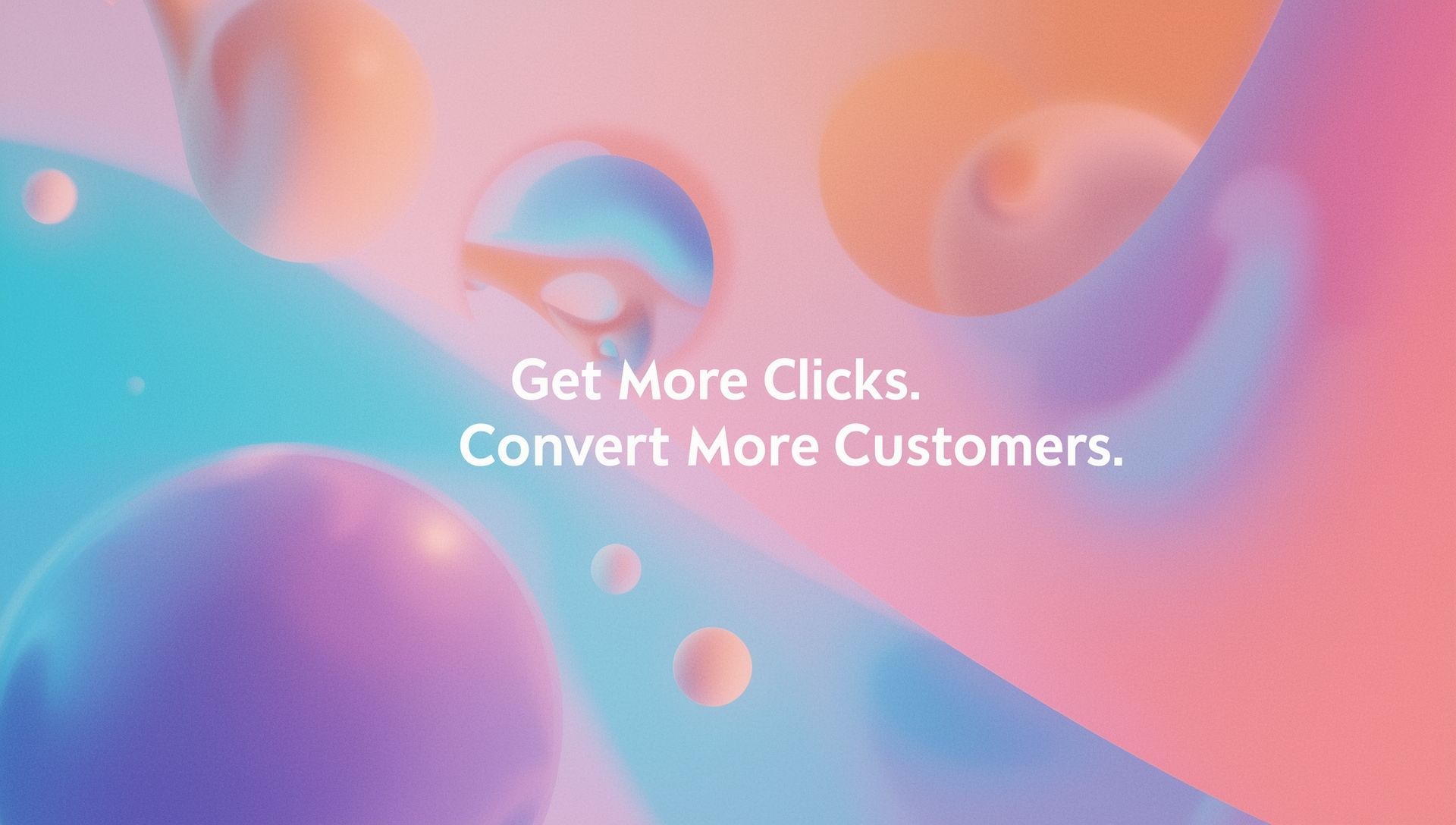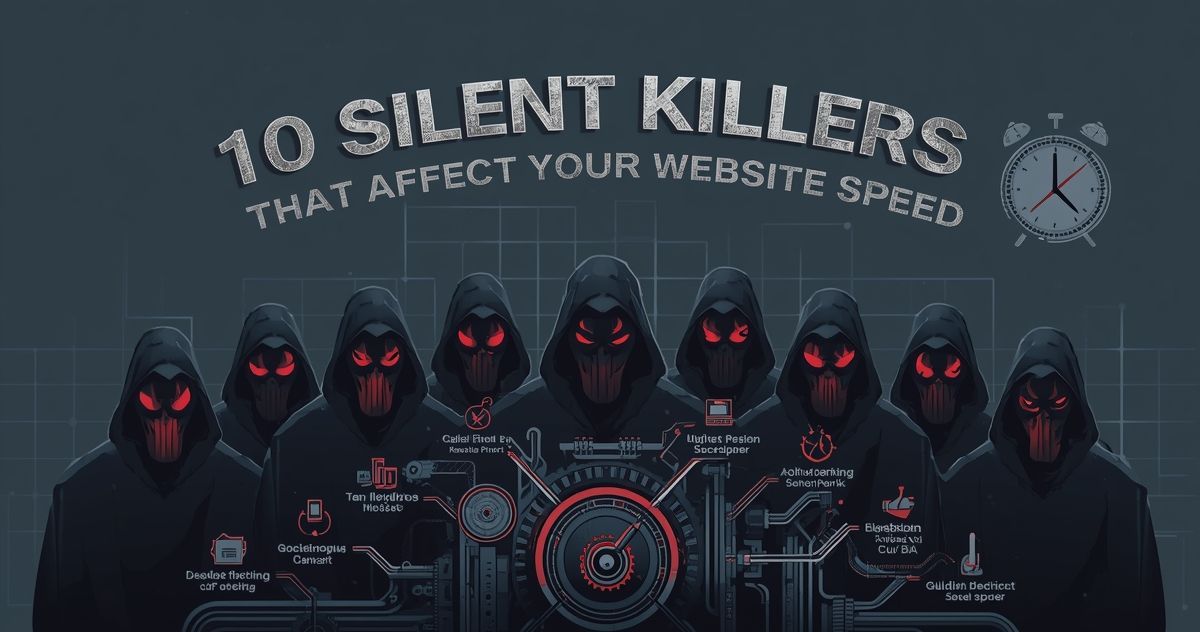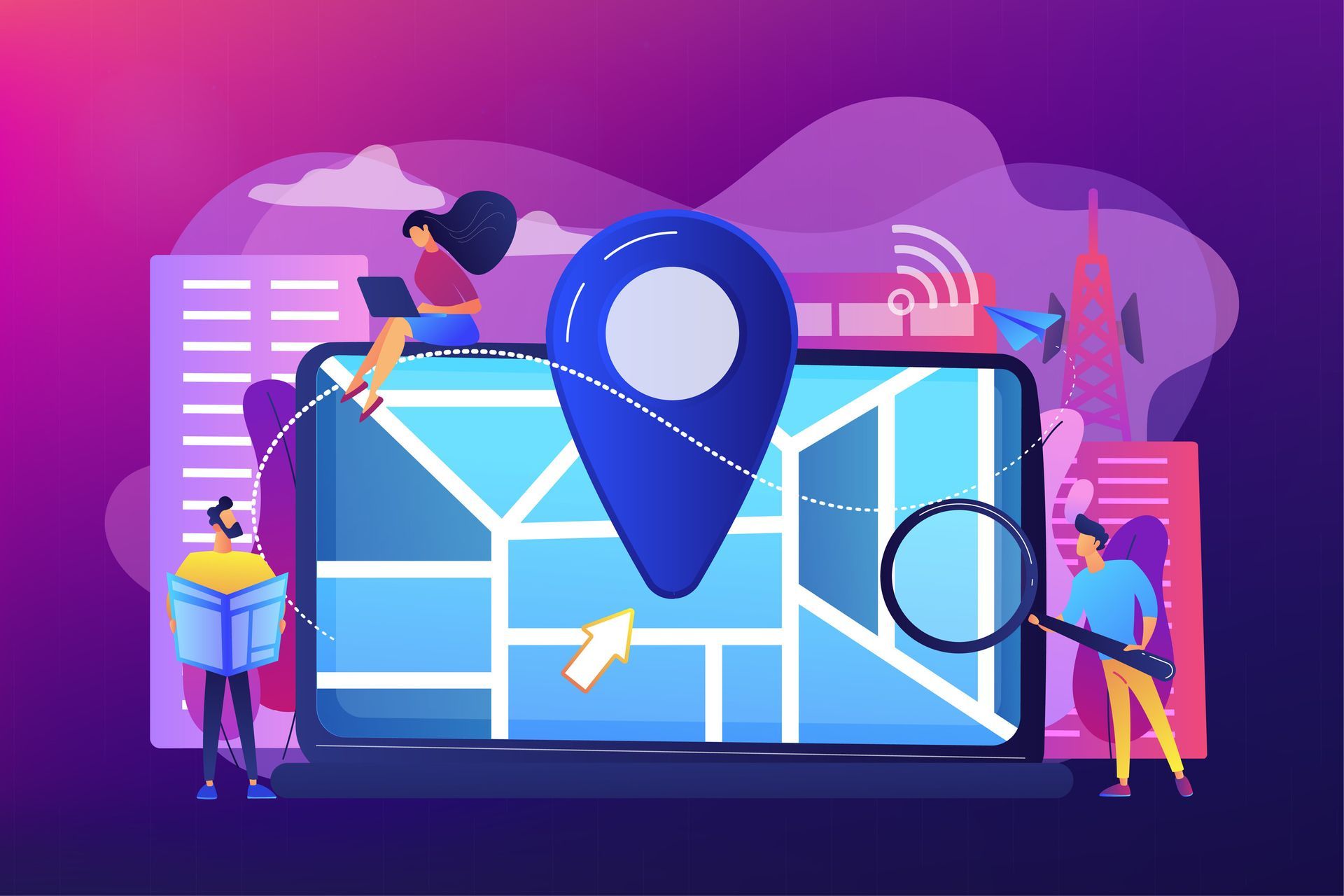5 Effective Lead Conversion Strategies
Converting leads into customers is crucial for business growth. Many leads might show interest, but turning that interest into action requires strategy.
In this blog post, we'll discuss five effective ways to boost your lead conversion rates. These methods are practical and easy to implement.
They focus on understanding your audience, leveraging technology, and improving communication. Whether you're a small business owner or part of a large team, these strategies can help you turn potential customers into loyal clients.
Let's explore how you can optimize your efforts for better results.
Understanding Your Audience
Knowing your target audience is the cornerstone of effective lead conversion. This means not only identifying who they are demographically but also understanding their needs, preferences, and pain points.
Key Actions:
- Research and Data Analysis: Use tools like Google Analytics to gather data on your website visitors. Pay attention to metrics such as age, location, interests, and behavior patterns to build a detailed profile of your audience.
- Create Buyer Personas: Develop detailed personas to visualize your ideal customers. Include information like job titles, challenges, and goals.
- Engage With Your Audience: Use social media, surveys, and feedback forms to actively engage with your audience, gaining direct insights into their expectations.
By truly understanding your audience, you can tailor your messaging and offerings to better meet their needs, thereby increasing the likelihood of converting leads into customers.
Enhancing User Experience
Improving the user experience (UX) of your website is essential for keeping visitors engaged and encouraging them to take the next step in the conversion process. A seamless and intuitive user experience can significantly increase the chances of turning leads into customers.
Key Actions:
- Optimize Website Speed: A fast-loading website appeals to visitors and reduces bounce rates. Use tools like Google PageSpeed Insights to identify and fix performance issues.
- Mobile Responsiveness: Ensure your website is fully functional on mobile devices, providing a smooth experience regardless of screen size. With an increasing number of users browsing on their phones, mobile optimization is non-negotiable.
- Clear Call-to-Actions (CTAs): Effective CTAs should be prominently placed, concise, and compelling. Use action-oriented language like "Get Started," "Learn More," or "Sign Up Today" to guide visitors towards the desired action.
Visual Appeal:
- Engaging Layouts: Utilize a mix of text, images, and videos to keep the content engaging. Break up long blocks of text with headers, bullet points, and visuals to enhance readability.
- Consistent Branding: Maintain a cohesive look and feel across your website to build trust and recognition. Use consistent fonts, colors, and style elements to create a unified brand experience.
The Power of Personalization
In today's digital landscape, personalization is a necessity. Customizing your interactions with potential customers can significantly improve your lead conversion rates by creating more meaningful and relevant experiences.
Key Actions:
- Use Customer Data: Collect data from previous interactions, such as browsing behavior and past purchases, to understand individual preferences. Tools like CRM systems can help store and analyze this data effectively.
- Dynamic Content: Implement dynamic content on your website and emails that changes based on the user's profile. For example, showing tailored product recommendations or personalized greetings.
- Segmented Email Campaigns: Create segmented email lists based on user behaviors, demographics, or purchase history. This allows you to send more targeted and relevant messages, increasing the likelihood of engagement.
Implementing Effective Call-to-Actions (CTAs)
Dynamic and strategic call-to-actions (CTAs) are critical in driving lead conversion. CTAs serve as a guide, directing potential customers towards specific actions that gradually move them through the sales funnel. Here's how to make your CTAs more effective:
Key Actions:
Action-Oriented Language:
- Use verbs that prompt immediate action, such as "Download Now," "Get Your Free Trial," or "Claim Your Offer."
- Ensure the text is clear and concise.
Positioning and Visibility:
- Place CTAs where they are easily noticeable, such as at the end of blog posts, in the middle of pertinent content, or as pop-ups.
- Ensure they stand out with contrasting colors and readable fonts.
Value Proposition:
- Clearly communicate the benefit of clicking the CTA. What will the user gain? Is it a free ebook, a discount, or a trial service?
Testing and Optimization:
- Conduct A/B tests with different designs, texts, and placements to see which performs best in terms of click-through rates and conversions.
- Regularly update CTAs based on performance data to keep them effective and relevant.
Leveraging Social Proof and Testimonials
Building trust with potential customers can dramatically enhance your lead conversion rates. Social proof and testimonials act as powerful tools in establishing credibility and persuading new clients to take the plunge.
Key Actions:
- Feature Real Testimonials: Showcasing genuine testimonials from satisfied customers can be incredibly persuasive. Include their names, photos, and even video testimonials if possible, to add authenticity.
- Display Reviews and Ratings: Integrate user reviews and star ratings prominently on product pages and your homepage. High ratings and positive reviews help reassure potential customers about the quality of your offerings.
- Case Studies and Success Stories: Create detailed case studies that outline how your product or service solved specific problems for clients. Highlighting measurable results can make a strong impression.
- Social Media Endorsements: Share posts from your satisfied customers on your social media channels. User-generated content acts as an endorsement and adds a layer of authenticity.
- Trust Badges and Certifications: Displaying badges from recognized industry bodies, along with security seals, can further reassure potential customers regarding the credibility and safety of their transactions.
Ready to Boost Your Conversions?
Are you looking for social media management in Loveland to help grow your business? Converting leads into loyal customers is essential for the growth and success of any small business. With the right social media strategy, you can engage your audience, build meaningful connections, and turn potential customers into long-term supporters of your brand. Let us help you take your social media presence to the next level!
Remember, the key to successful lead conversion lies in creating a seamless, personalized experience for your potential customers. By implementing these strategies, you'll not only increase your conversions but also build lasting relationships with your customers.
Call us at1-501-303-7477 or email bobby@gsdbusinesscoaching.com to get started today!









